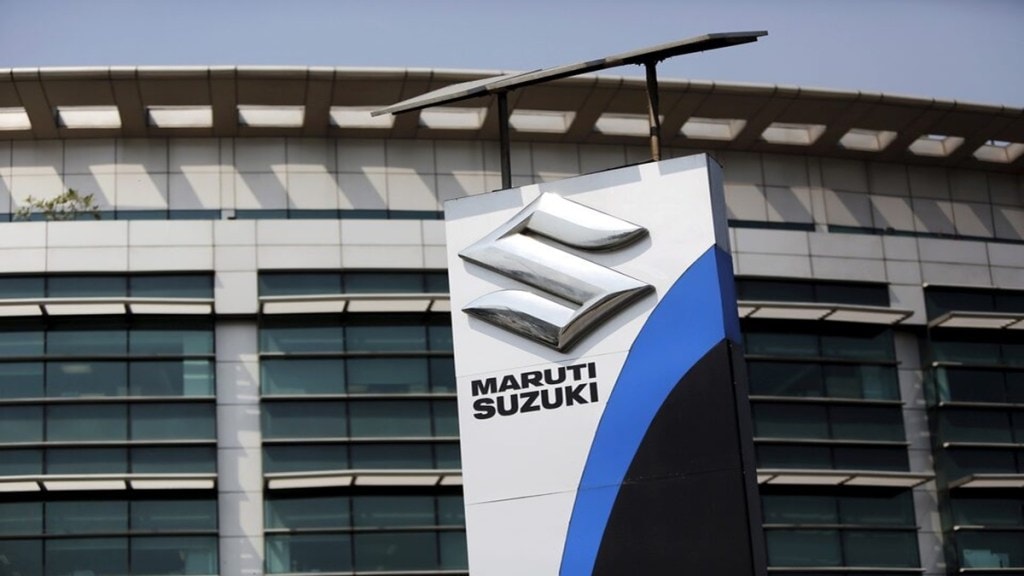Maruti Suzuki’s market share has dropped to an all-time low. The H1FY26 sales data shared by the Society of Indian Automobile Manufacturers (SIAM) shows that the country’s largest carmaker had a market share of just 38.8% – the first time it has dropped below 40%, despite the fact that the carmaker has had a spate of launches over the last few years, including five new-generation models, five all-new models, and facelifts of existing cars.
The new-generation models include the Celerio in November 2021, Brezza in June 2022, Alto in August 2022, Swift in May 2024, and Dzire in November 2024. The all-new models include the Grand Vitara in September 2022, Fronx in April 2023, Jimny in June 2023, Invicto in July 2023, and Victoris in September 2025.
Facelifts include of the Baleno, Ertiga, XL6, and others. But this flurry of launches hasn’t been able to arrest the carmaker’s declining market share – which has dropped from 51.2% (FY19), 51% (FY20), 47.7% (FY21), 43.4% (FY22), 41.3% (FY23), 41.7% (FY24), 40.9% (FY25), and finally to a low of 38.8% in H1FY26, when it sold 795,446 cars of the total 2,051,082 cars sold during the period.
Automotive analysts FE talked to said that some of Maruti Suzuki’s recent launches haven’t worked, and those that have worked have taken away sales from existing company cars instead of competition, and also because sales of entry-level cars have taken a hit.
For instance, the compact SUV Jimny hasn’t worked – having sold a little over 25,000 units in two years – nor has the premium car Invicto (less than 10,000 units sold in two years). And while the Fronx has been a solid success – about 380,000 units sold in two years – sales have come at the cost of the Baleno.
Sales of its small cars are also dropping – for example, the Alto plus S-Presso used to together sell 11,841 units per month in FY24, which dropped to 10,481 units in FY25, and just 6,734 units per month in H1FY26. “The entry-level segment of Alto, S-Presso, and Celerio – which was Maruti Suzuki’s traditional stronghold – had been facing an affordability crisis in the last few years, as stated by chairman RC Bhargava,” an auto analyst said.
“Due to stricter emission norms (BS6 phase 2), enhanced safety regulations (Alto and Celerio now come with six airbags as standard), and rising commodity prices, the cost of manufacturing small cars increased, making them less affordable for those who want to upgrade from two-wheelers to four-wheelers, and a lot of such customers shifted to the pre-owned car segment.”
But the recent GST cut on small cars might help Maruti Suzuki claw back some market share. The tax on small cars (under 4 meters in length with specified engine limits) has been reduced from 29-31% (GST plus cess) to a flat 18%, and Maruti Suzuki has said that there has been a surge in bookings.
“Since the announcement (GST rate cut), we have received 400,000 bookings, averaging 100,000 per week – the highest ever rate of bookings for the company,” Partho Banerjee, senior executive officer of Marketing & Sales at Maruti Suzuki India, said during a recent online press conference. “Of these, about 80,000 bookings are for small cars.”
In addition, the midsize SUV Victoris has garnered more than 25,000 bookings within days of launch, which will further help the carmaker, and its first electric SUV, the e-Vitara, is set to be launched, which will likely bring a new set of customers into the Maruti Suzuki fold.
But gaining market share won’t be easy. Hyundai is set to launch the all-new Venue on November 4, homegrown carmakers Tata Motors and Mahindra are readying new cars in the mass-market segment, Kia has lined up new models, and Honda is set to announce new plans for the Indian market during the upcoming Japan Mobility Show in Tokyo.

